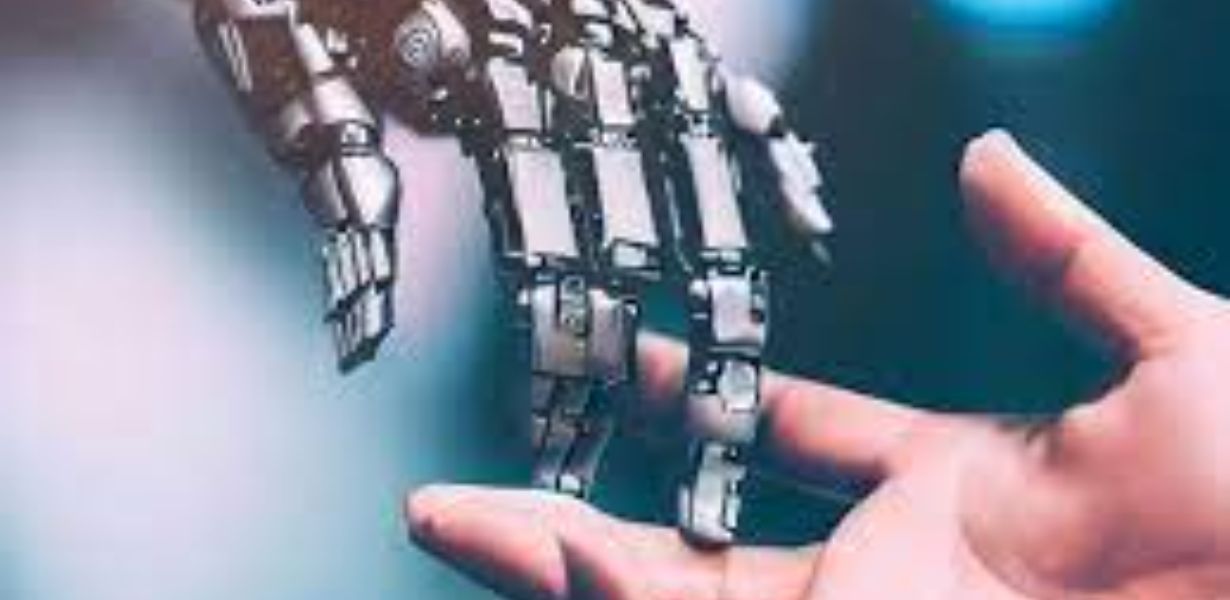
Neural Networks Unveiled: Exploring Foundations and Advancements
- Post
- August 5, 2023
- Foundation, Front-End Frameworks, Web Development
- 0 Comments
In the ever-evolving landscape of technology, one revolution has taken center stage, reshaping industries and pushing boundaries like never before – the AI revolution. At the heart of this transformation lies a groundbreaking concept: neural networks. These intricate structures mimic the human brain’s neural connections, enabling machines to learn, adapt, and make complex decisions. In this comprehensive exploration, we delve into the bedrock of the AI revolution – the foundational principles and remarkable advancements that underpin neural networks.
The Essence of Neural Networks
Neural networks, often referred to as artificial neural networks (ANNs), are a manifestation of human-inspired design within the realm of AI. These networks consist of layers of interconnected nodes, or “neurons,” each contributing to information processing. Mirroring the human brain’s synapses, neural networks pass data through these nodes, with each connection carrying a specific weight. As a result, the network can recognize patterns, solve problems, and even perform tasks such as image and speech recognition.
Unraveling the Layers: Types of Neural Networks
Neural networks come in various flavors, tailored to distinct tasks. Among them, Convolutional Neural Networks (CNNs) excel in image analysis, Natural Language Processing (NLP) is enhanced by Recurrent Neural Networks (RNNs), and the versatility of Feedforward Neural Networks (FNNs) makes them a go-to for various applications. Each type incorporates specific architectures and mechanisms, allowing AI systems to tackle a wide array of challenges.
Frontend Frameworks: Building Blocks of Neural Networks
Much like a foundation for a skyscraper, frontend frameworks provide the support and structure necessary for neural networks to thrive. Foundation CSS, known as a responsive front-end framework, empowers developers to create visually appealing and user-friendly web applications. This framework, along with others like Bootstrap and Semantic UI, plays a pivotal role in enhancing user experience and interaction, ultimately influencing the success of AI-powered web applications.
The Evolution of Neural Networks
The journey of neural networks has been marked by significant breakthroughs. One of the most transformative advancements is the introduction of deep learning. This technique involves training neural networks with multiple layers, enabling them to automatically learn hierarchical features from data. This breakthrough has led to monumental achievements in image recognition, language translation, and even autonomous vehicles.
Enhancing Learning: Backpropagation
Backpropagation, a fundamental concept in neural network training, facilitates the refinement of network weights. This process involves iteratively adjusting weights based on the network’s output compared to the desired result. Through this iterative “learning,” neural networks continually improve their accuracy and performance over time, making them remarkably adaptable.
Overcoming Limitations: Regularization Techniques
While neural networks possess remarkable capabilities, they are not immune to overfitting – a phenomenon where a network becomes too specialized in the training data and performs poorly on new data. To address this, various regularization techniques have emerged. Dropout, for instance, randomly deactivates certain neurons during training, preventing over-reliance on specific nodes and enhancing the network’s generalization.
The Quantum Leap: Quantum Neural Networks
As technology marches forward, a new frontier emerges with quantum neural networks (QNNs). Leveraging the principles of quantum mechanics, these networks have the potential to exponentially increase computing power, unraveling complex problems that were previously insurmountable. Quantum neural networks hold promise in revolutionizing fields such as cryptography, optimization, and materials science.
Ethics and Accountability in Neural Networks
With great power comes great responsibility. As neural networks become deeply integrated into our lives, ethical considerations arise. Bias in AI algorithms, data privacy concerns, and the potential for autonomous decision-making prompt us to ponder the implications of AI’s influence on society. Striking a balance between innovation and ethical safeguards remains a critical challenge.
Commonly Asked Questions
Q1: How do neural networks learn?
A1: Neural networks learn through a process called supervised learning. They analyze input data, compare their output to the desired output, and adjust their internal parameters (weights) to minimize the difference between the two.
Q2: What role does the activation function play in neural networks?
A2: Activation functions introduce non-linearity to the network, enabling it to capture complex relationships in the data. Common functions include ReLU, Sigmoid, and Tanh.
Q3: Can neural networks surpass human intelligence?
A3: While neural networks exhibit remarkable capabilities, achieving human-level intelligence (AGI) remains a challenge. Current AI systems are task-specific and lack the holistic understanding that characterizes human intelligence.
Q4: How does transfer learning benefit neural networks?
A4: Transfer learning allows neural networks to leverage knowledge gained from one task to excel in another. It accelerates training and enhances performance, especially when data is limited.
Q5: What’s the future of neural networks?
A5: The future holds exciting prospects, from further advancements in deep learning to the integration of AI with other emerging technologies like quantum computing. Neural networks will likely continue to shape industries and human experiences.
Final Words
The AI revolution’s bedrock rests upon the intricate design and remarkable capabilities of neural networks. These digital constructs, inspired by the human brain, have undergone extraordinary advancements, driving innovation across industries. As we stand at the cusp of AI’s future, the potential for neural networks is boundless, promising a world where machines and humans collaborate to achieve feats once deemed impossible.




